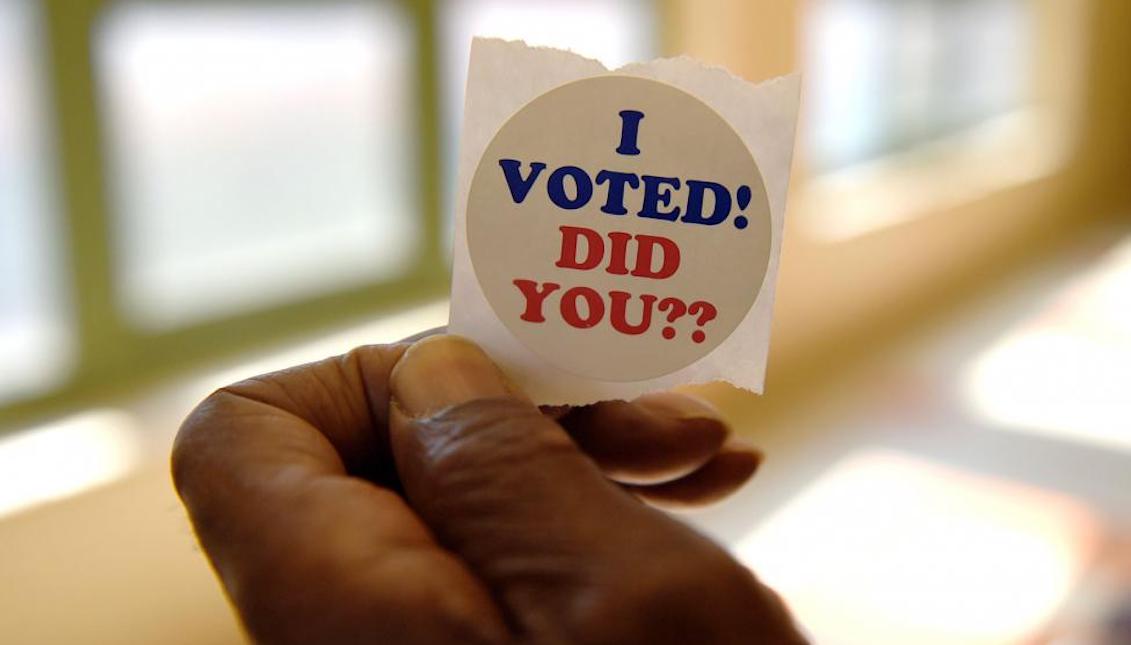
A wave of Latino votes in the Midterms
The midterm elections not only brought a deeply diverse Democratic base, but they also proved the importance of the massive participation of Hispanic voters.
During the entire campaign prior to the midterm elections, one issue was on everyone's lips: the participation of voters of Latino origin.
After Hillary Clinton’s defeat in 2016, the Democrats insisted on not repeating mistakes and tried to make sure that no group was left out of sight.
Among them were the 27.3 million eligible voters of Hispanic origin that, according to the Pew Research Center, form the basis of the so-called Latino Vote.
In AL DÍA we have insisted from the beginning that Latinos are the real force behind any possible change in the country, despite having been constantly overlooked in national politics.
Campaigns such as those of the DCCC in Washington and that of candidates like Beto O'Rourke in Texas demonstrated a nationwide awakening of consciousness and an eager interest in gaining the support of these nearly 28 million voters.
Tuesday’s elections not only resulted in more than 30 new Latinos in public office but on a new Congress with 41 members of Hispanic origin.
According to the Economic Times, "33 out of 44 Latino Democratic candidates won election in Tuesday’s contests, while six out of 15 Latino Republican candidates claimed victory."
RELATED CONTENT
This new panorama in the representation of the largest racial minority in the country (which has a total of 57 million people) shows an increase in the presence of the Hispanic voice, and could easily be cataloged as a protest vote against Trump’s anti-immigrant policies.
Although the final data of these elections will not be known for a few months, figures so far show a massive participation of Latinos on Tuesday.
Lisa Garcia Bedolla, professor of education and political science at the University of California (Berkeley), explained: "There was an increase of almost 120% in the absentee ballots and anticipated voters issued by Latinos compared to 2014.” Based on data from the electoral research firm Catalist, Bedolla concludes that "76% of those requests were from strong Democrats."
Similarly, Bedolla states that results in contests such as Texas or Florida don’t suggest apathy in Latino participation, but precisely the opposite.
While both states concentrate large populations of Latinos and candidates of Hispanic origin, neither Beto O'Rourke nor Andrew Gillum managed to get elected.
Bedolla explains that "congressional redistricting intended to suppress minority votes and high Republican turnout were the primary reasons – not low Latino support.”
In summary, the strength of the Voto Latino has been confirmed, and outreach strategies (bilingual campaigns, grassroots policies) have shown that when attention is paid to those who make up one of the most important engines in the country, any change is possible.











LEAVE A COMMENT:
Join the discussion! Leave a comment.